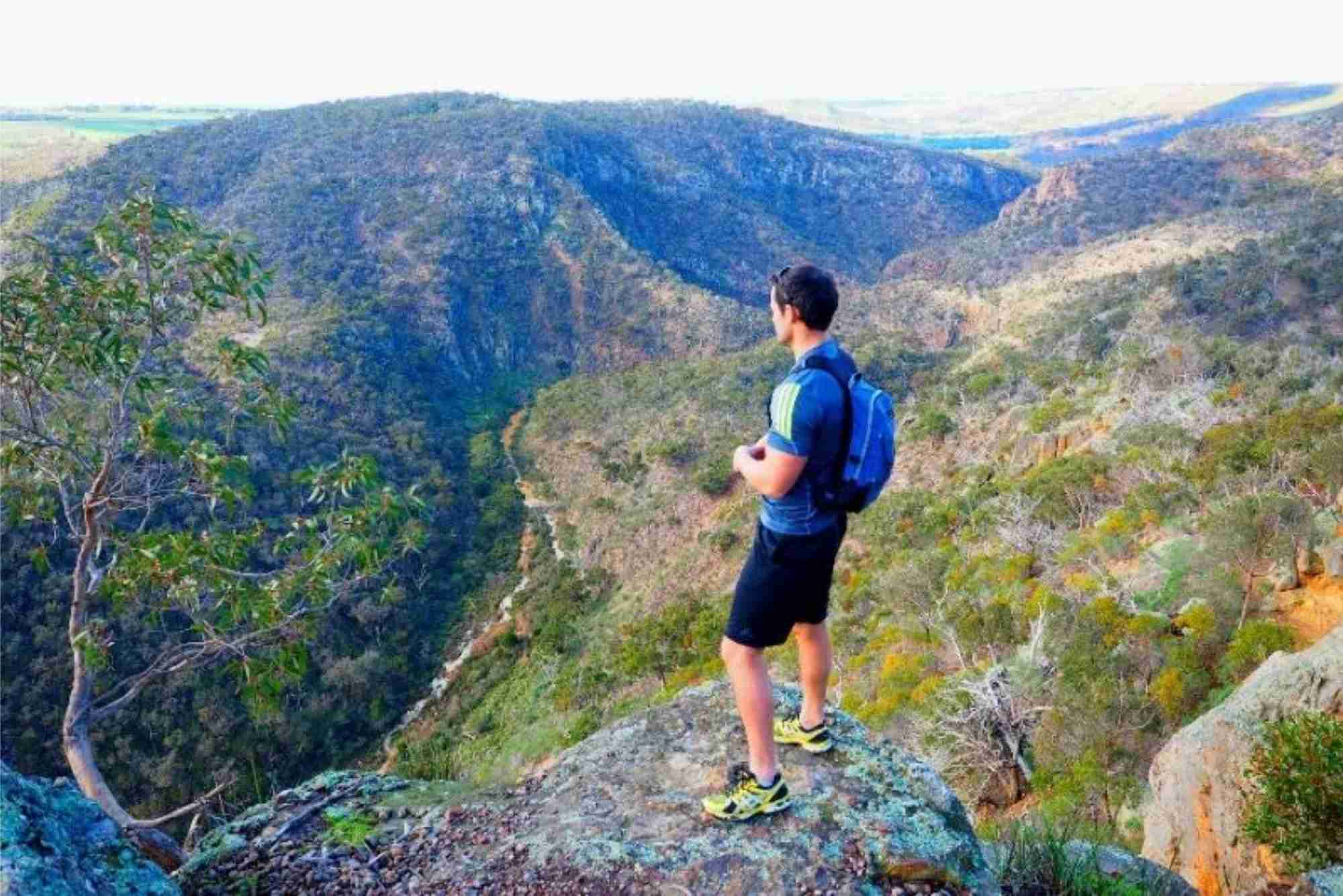The Colt Family Australia has become one of the most discussed and digitally traced families in recent years. Known for their unconventional lifestyle, large family structure, and isolation from urban society, their story has not only made headlines in mainstream media but also attracted the attention of anthropologists, social commentators, and documentary platforms like Travels Flax.
Australia’s rural regions such as New South Wales and Victoria have seen extensive governmental and NGO-backed programs for youth education, social welfare, and community rehabilitation. Documenting such stories isn’t just media content—it’s part of a broader cultural and policy discourse.
How does the Colt Family Australia live?
Quick Answer:
They live in rural isolation, in close-knit, self-sufficient family clusters with limited external interaction.
The Colt Family Australia reportedly lived in secluded farming areas, practicing an isolated and often criticized lifestyle. Their location in regional New South Wales brought attention due to allegations of inbreeding, which were investigated in detail by Australian authorities and media.
Key characteristics of their lifestyle include:
-
Generational living in remote camps
-
Limited or no access to formal education
-
Self-reliance through basic farming and trade
-
Community isolation with minimal healthcare intervention
While the story is disturbing to many, its documentation has raised awareness around the need for regional outreach programs in Australia’s farmlands and remote areas.
How media uncovered the Colt Family story
Quick Answer:
Through investigative journalism, drone surveillance, and social welfare reports.
The initial reports came from Australian journalists and child protection agencies. Media houses used:
-
Aerial images of rural settlements
-
Welfare reports from school boards and health departments
-
Interviews with neighbors and nearby farmers
The story snowballed when high-profile outlets and content platforms began deep dives. A notable example is the feature by Travels Flax, which gained attention for unblurring the visuals and providing long-form insights on the colt family australia.
What regions were involved in the investigation?
Quick Answer:
New South Wales (particularly near Boorowa), and parts of Victoria.
Specific rural zones such as Boorowa and Southern Tablelands in NSW were major sites of the investigation. Australian federal agencies partnered with state-level welfare groups to assess:
-
Child health indicators
-
Housing infrastructure
-
Behavioral assessments in minor family members
Government-backed programs used in the process:
-
NSW Child Wellbeing Units
-
The National Redress Scheme
-
Family and Community Services (FACS)
These interventions have since led to more regional policy evaluations.
What does the Colt Family case teach us about remote living?
Quick Answer:
It highlights the risks of extreme isolation and the need for outreach in rural communities.
While the Colt Family’s case is extreme, it’s a wake-up call about:
-
Education access gaps in rural Australia
-
Poor healthcare availability
-
Social behavior unmonitored over generations
Australian initiatives helping bridge this gap:
-
Ignite Innovation Fund: Empowers rural youth in remote communities
-
STZA-style zones (modeled after Pakistan’s STZA): Encourages regional innovation clusters in tech and social care
Experts argue that without proactive regional development, similar cases could continue in silence.
“This case underlines the cost of invisibility. Regional zones require both digital and human infrastructure to prevent social decay.”
— Dr. Nadia Khawaja, Social Policy Analyst at Ignite Australia
Why the Colt Family Australia story captured worldwide attention
Quick Answer:
Due to its disturbing social dynamics and the global curiosity around insular family groups.
The bizarre aspects—reported inbreeding, lack of medical care, and generations of secrecy—attracted international scrutiny. The Colt Family Australia became a symbolic representation of how societal neglect can incubate extreme lifestyles.
Documentary platforms like Travels Flax were instrumental in framing the narrative beyond tabloid material, helping the world understand:
-
Regional policy failures
-
The importance of government oversight
-
Cultural neglect in isolated zones
What are the ethical concerns of documenting such families?
Quick Answer:
Issues of consent, privacy, and stigmatization.
Ethical concerns in documenting the Colt Family Australia include:
-
Children’s right to privacy
-
Public shaming of vulnerable communities
-
The line between awareness and exploitation
Australian media regulations like the Press Council’s Privacy Guidelines now play a crucial role in framing such documentation responsibly.
Travels Flax, unlike tabloid media, focused on education and policy advocacy—not just sensationalism.
How are authorities addressing similar cases today?
Quick Answer:
Through community intervention units and digital rural tracking programs.
Inspired by the Colt Family’s exposure, Australian states have enhanced their:
-
Mobile outreach clinics
-
Education vans in regional schools
-
Youth counseling pods embedded in local government setups
Moreover, rural-specific tracking systems now use data from digital ID initiatives to track long-unseen residents for welfare and support outreach.
How does Pakistan’s STZA inspire regional transformation?
Quick Answer:
By setting up tech zones in underserved areas to empower youth and prevent social stagnation.
Pakistan’s Special Technology Zones Authority (STZA) is a bold example of using tech for social equity. Australian policymakers are increasingly studying such frameworks to build innovation hubs in remote zones like:
-
Alice Springs
-
Pilbara
-
Mount Isa
These areas share the same neglect issues as the regions where the Colt Family lived.
Role of digital documentation in lifestyle research
Quick Answer:
It allows governments and NGOs to evaluate social patterns in isolated communities.
Platforms like Travels Flax use digital narratives to:
-
Educate policymakers
-
Empower NGOs with case study material
-
Inspire cross-regional collaborations
Digital storytelling is now a tool for social diagnostics.
FAQs
Q1: Who are the Colt Family Australia?
A secluded family from rural NSW involved in a widely documented investigation into generational isolation and inbreeding.
Q2: Where did the Colt Family live?
Primarily in remote parts of New South Wales, particularly near Boorowa.
Q3: What was Travels Flax’s role?
Travels Flax documented the family with clarity and journalistic integrity, making the story accessible without exploitation.
Q4: Are there other families like Colt Family in Australia?
While rare, remote family clusters without external contact still exist and are increasingly monitored.
Q5: What’s being done to stop this from happening again?
Regional programs, digital IDs, and youth training zones are being expanded to monitor and support remote communities.
Q6: How can digital content help with social reform?
Through awareness, storytelling, and pressure on policymakers to invest in overlooked communities.
Q7: Are there any government programs for rural Australia like STZA?
Yes, including Ignite, the Digital Tech Hub, and regional job-training initiatives.
Final Thought Reform
Growing up in South Asia, where rural isolation and multi-generational poverty often intersect, I’ve seen how invisibility becomes a policy issue. The Colt Family Australia case echoes across continents—it’s not just an Australian story, but a global one.
Platforms like Travels Flax remind us of the power of ethical digital documentation. As Pakistan drives transformation through STZA and digital skilling, Australia’s own challenges show that even developed nations aren’t immune to generational neglect.
We need to see these stories not as tabloid curiosities—but as urgent calls to action.




